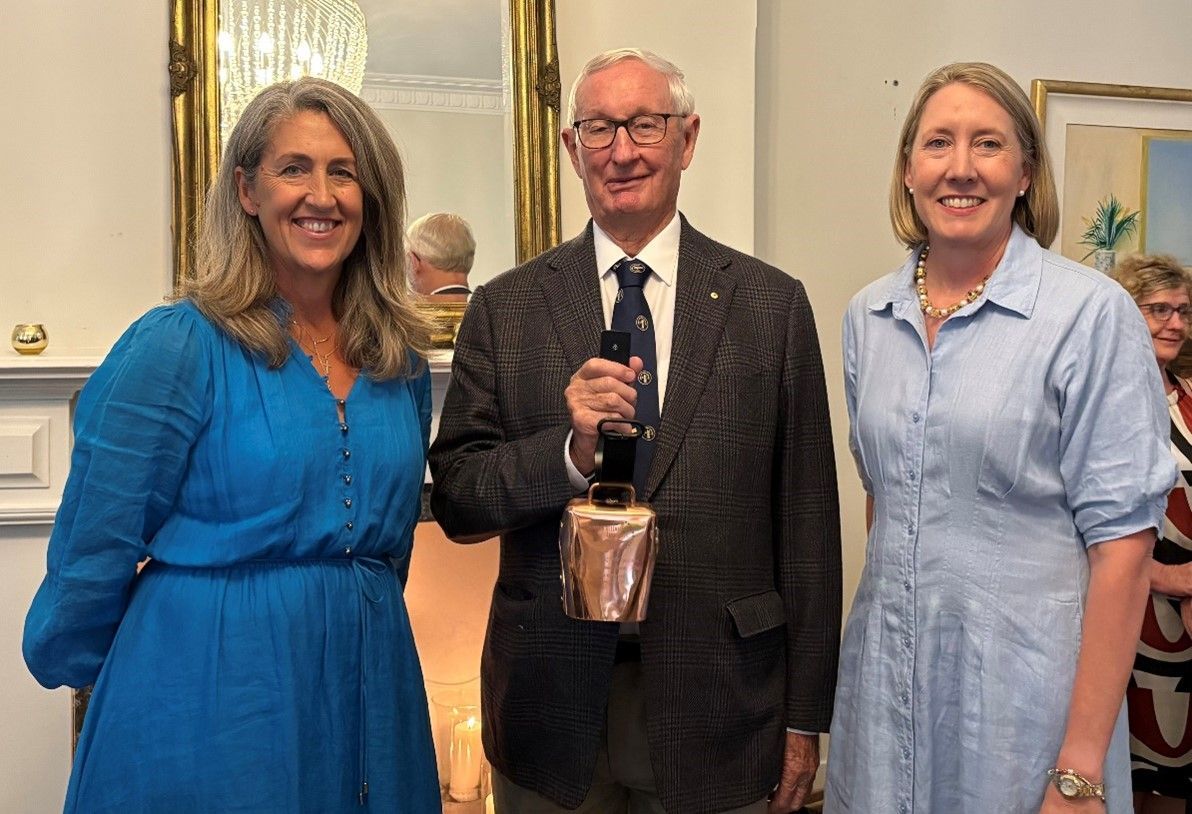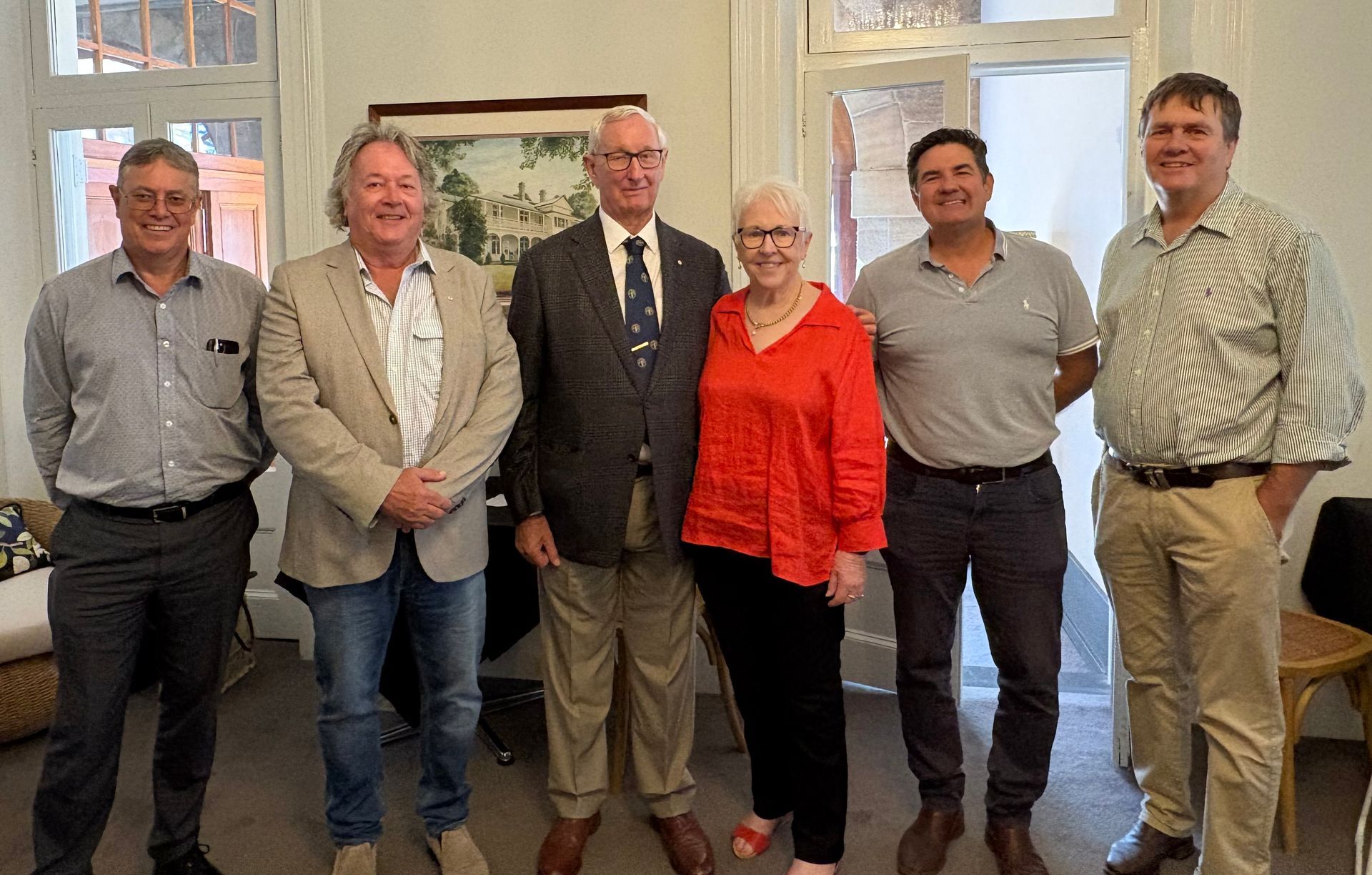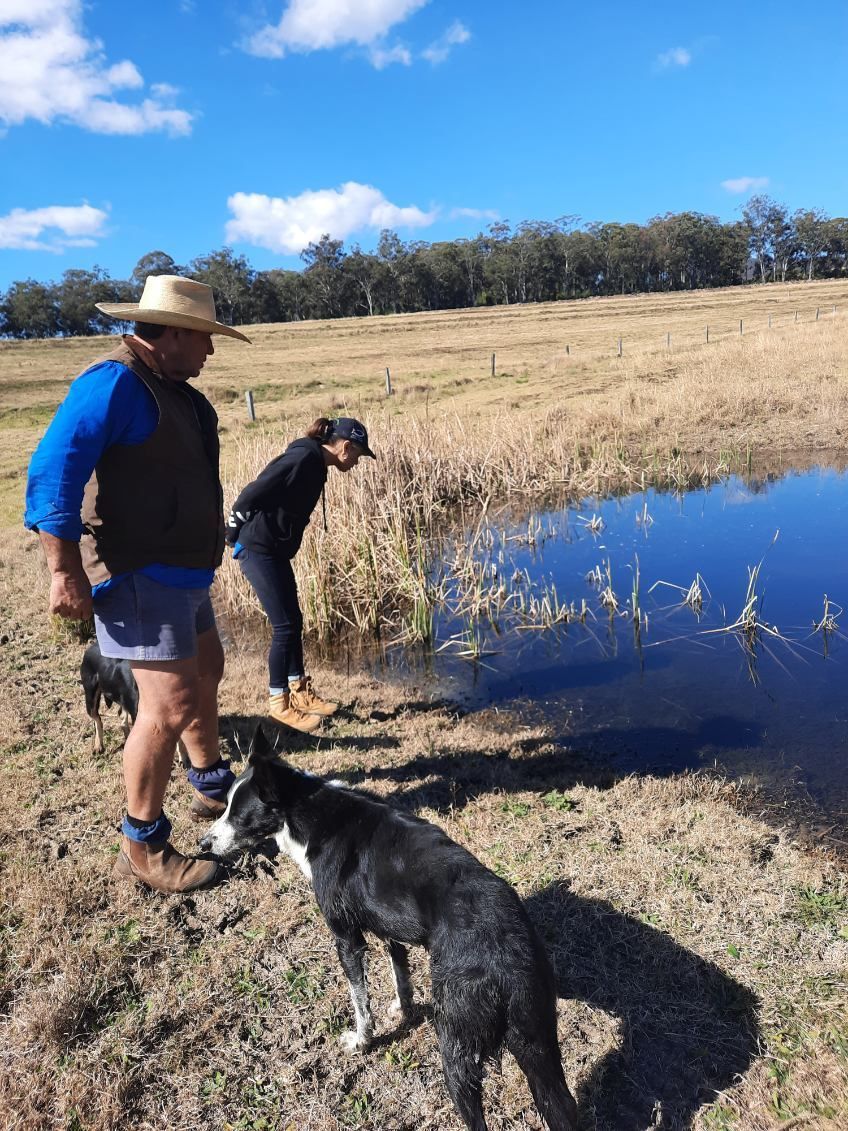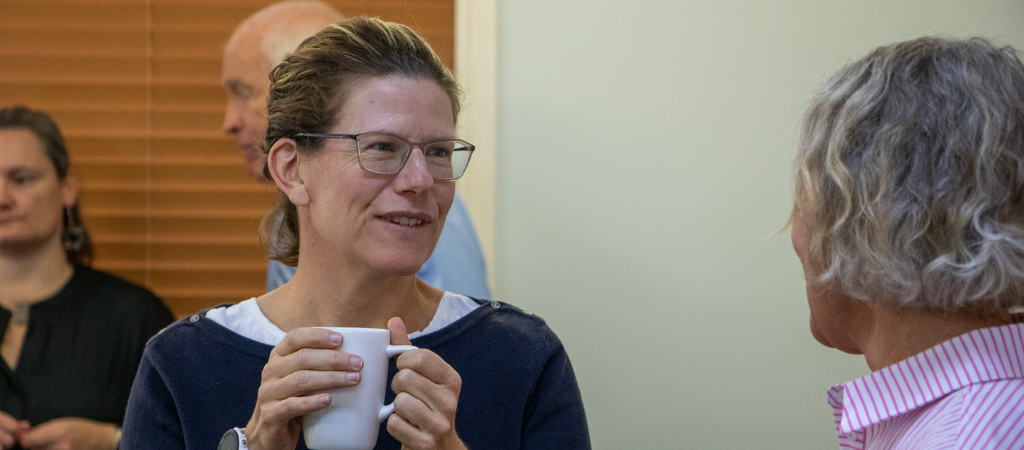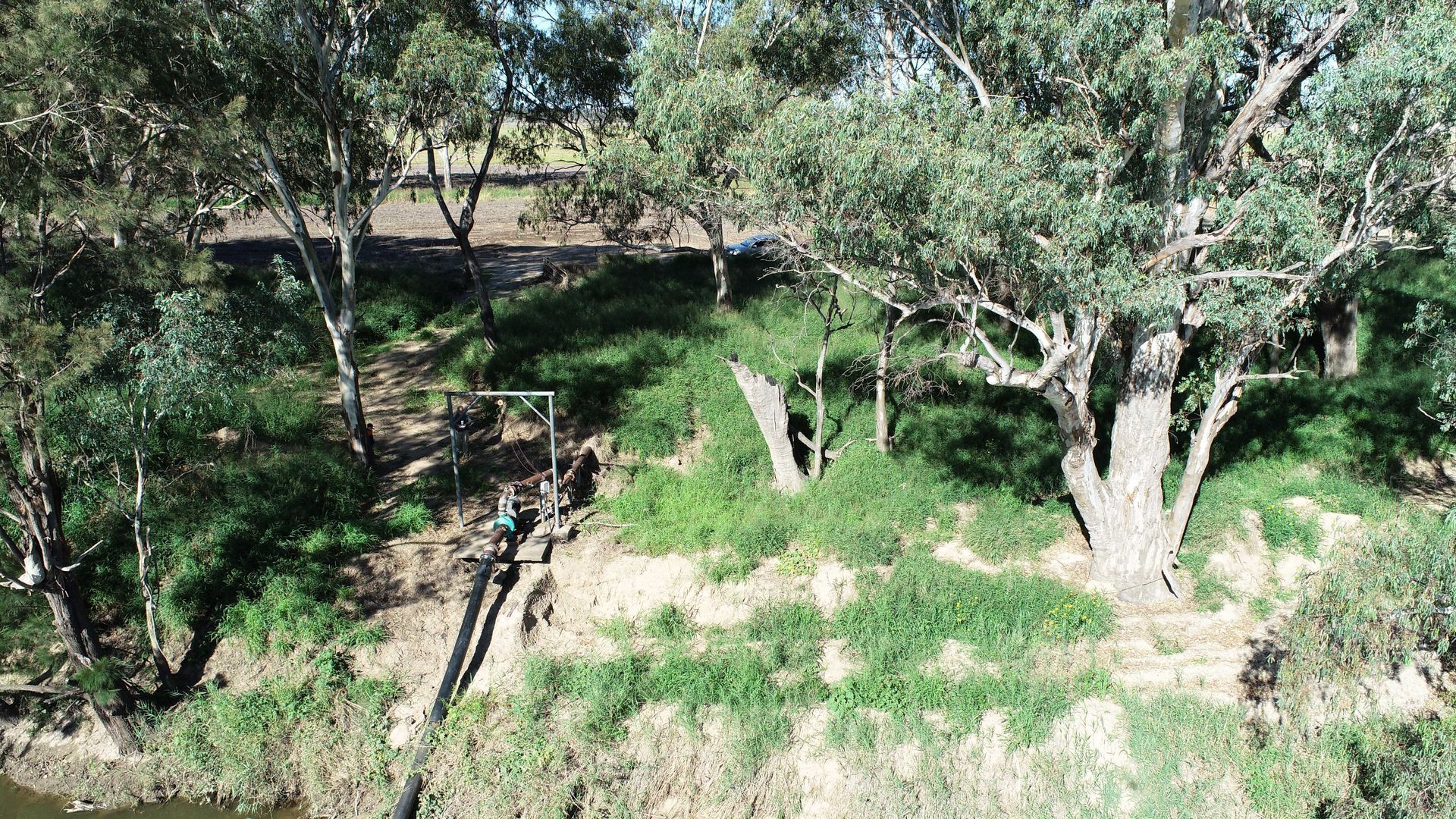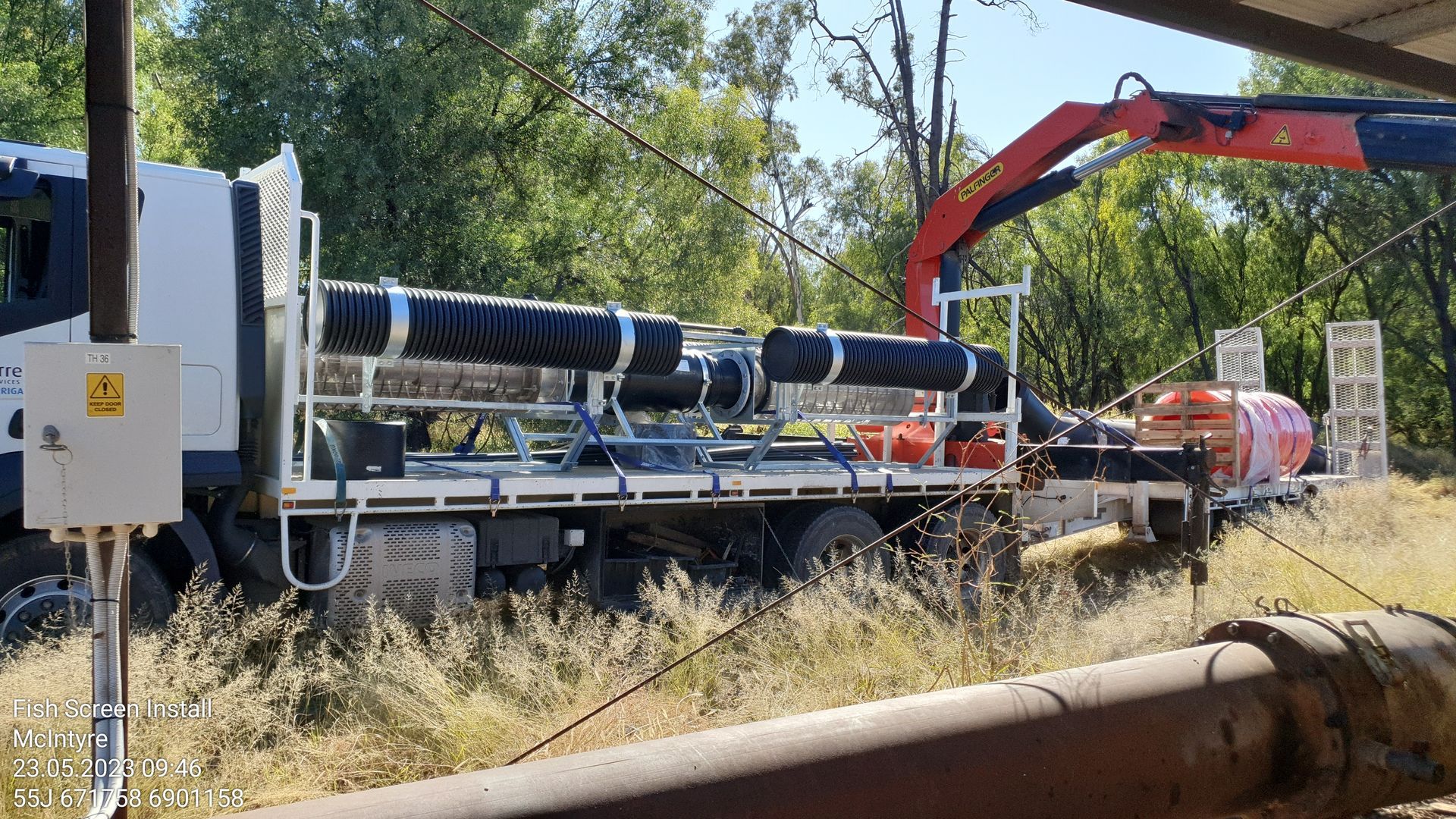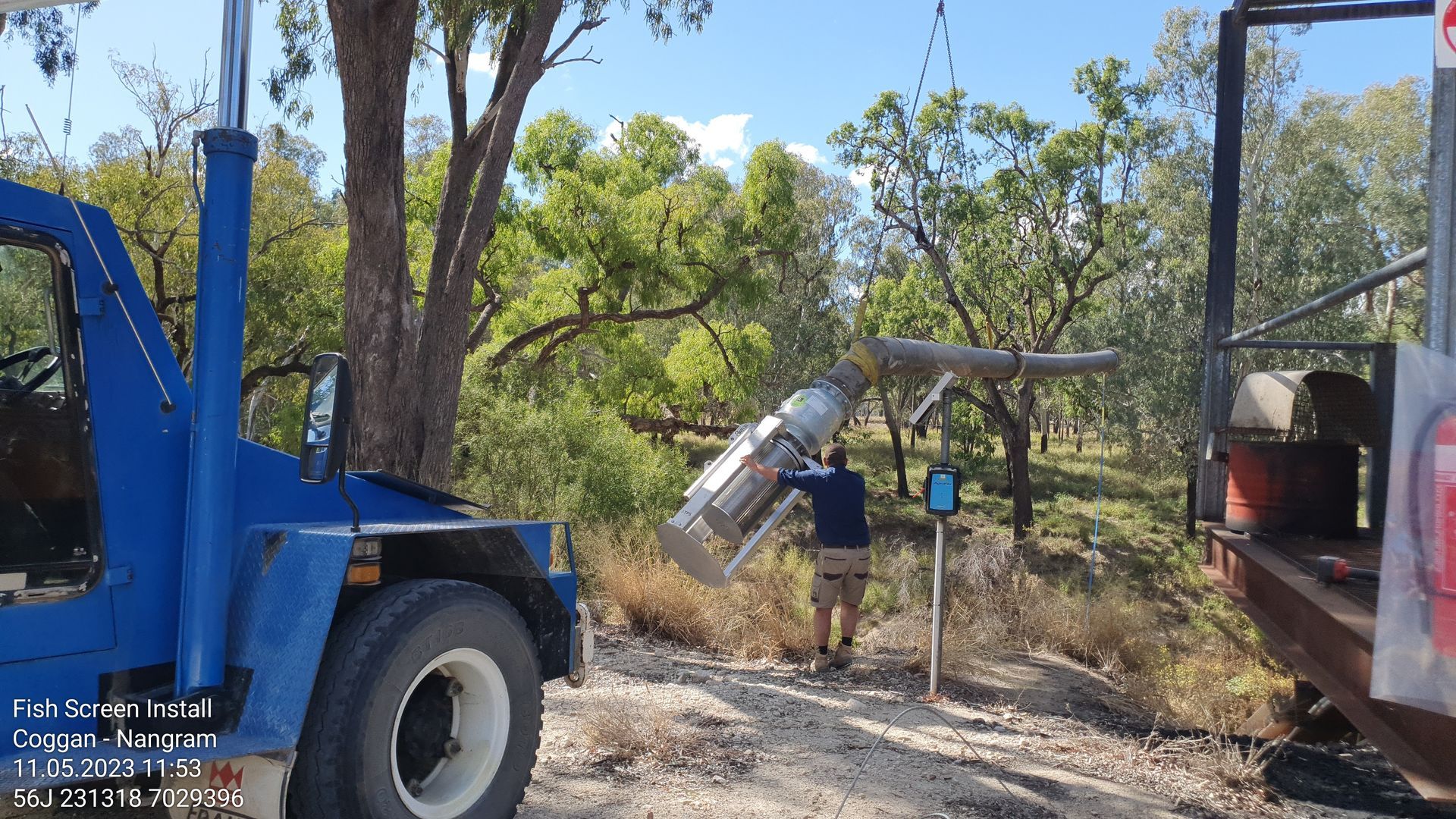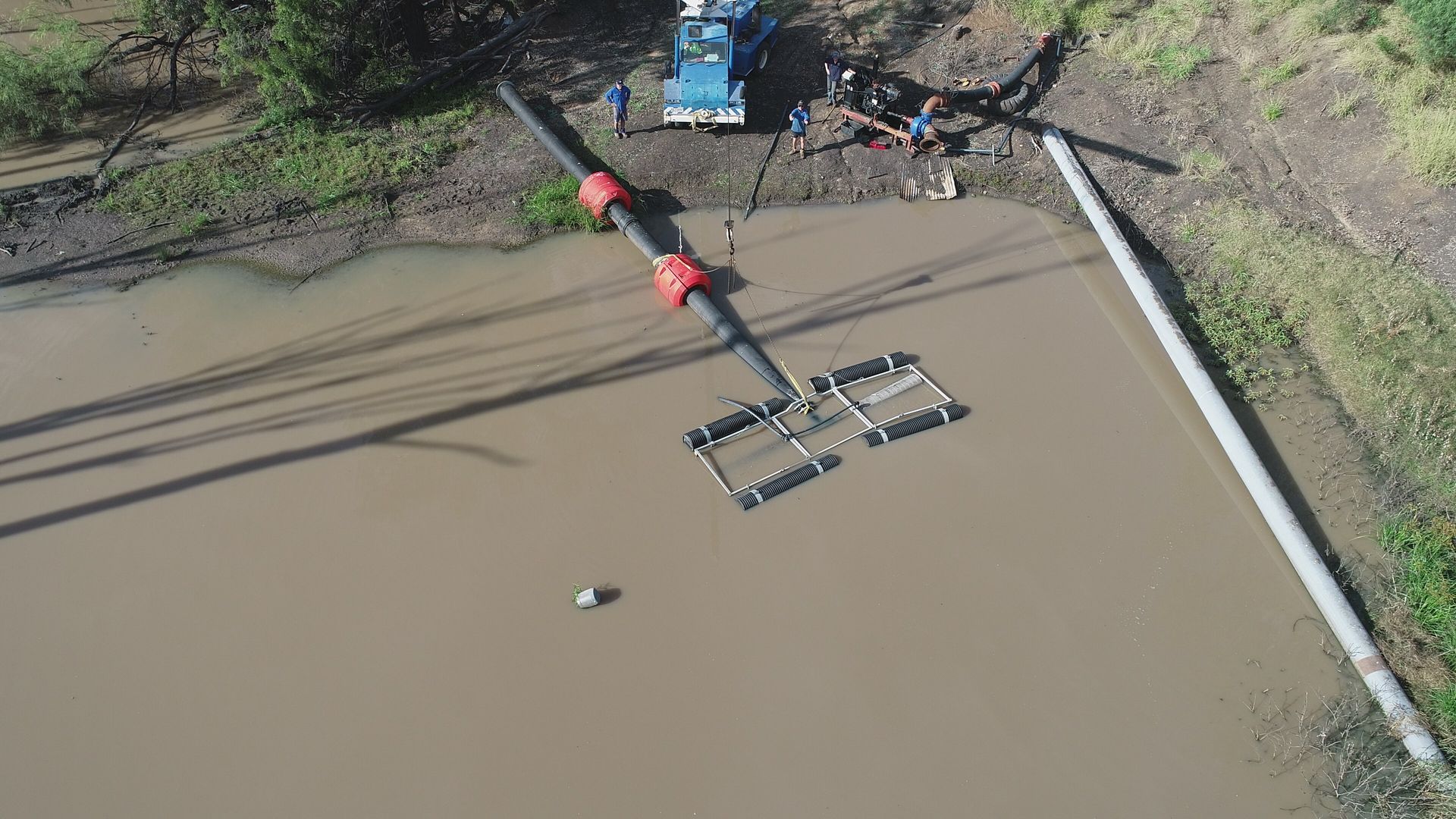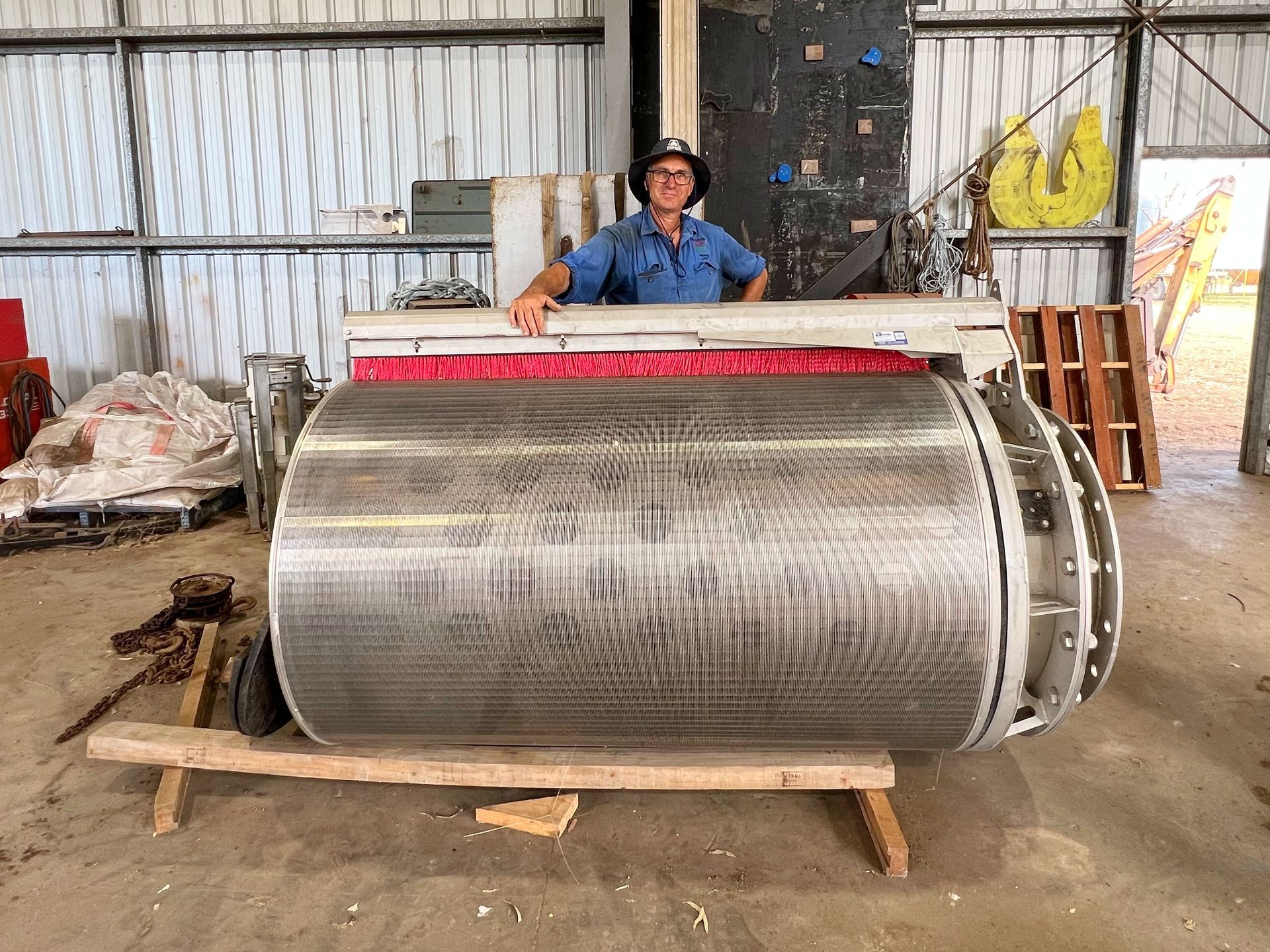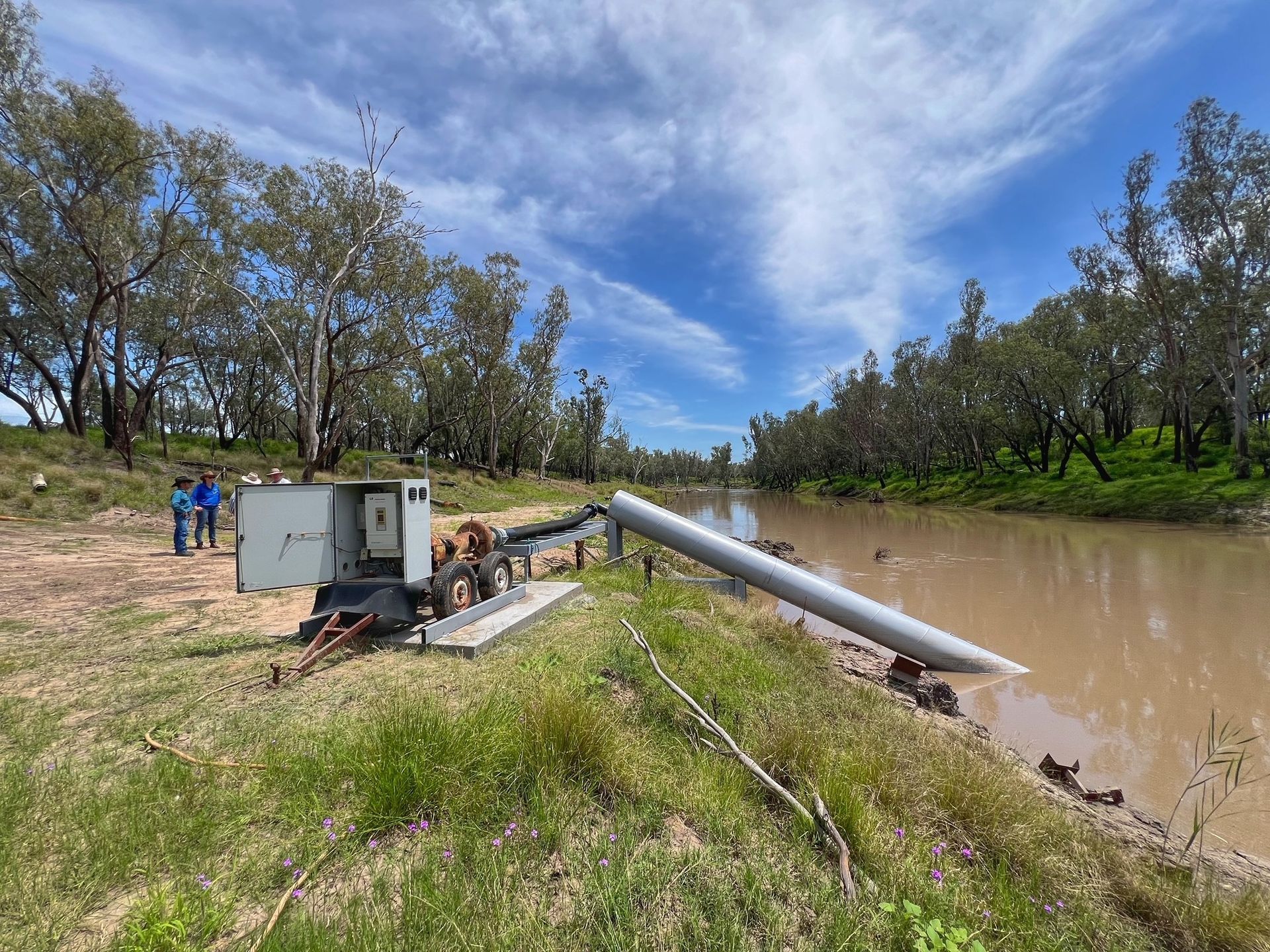Not for profit, community owned natural resource management group, Southern Queensland Landscapes, will strengthen its ties with communities in western Queensland during May with the business’ full Board scheduled to visit Morven and Tambo.
Chair, the Honorable Bruce Scott AM said these ‘Community Conversations’ play an important role.
“We’ll be in Morven on the afternoon of the 10th and then Tambo on the afternoon of the 11th to meet with everyone from the local community and discuss business and natural resource management issues,” Bruce Scott said.
“It’s so important for us as an organisation to understand the aspirations of a community and together plan how we can work with them on their journey to achieve their goals,” Mr Scott said.
“You see we don’t go to communities and tell them what they want; we want to head out to the communities and connect with them, engage with them and listen to their stories and discover what problems they might have that we might be able to help resolve together,” he said.
“We are on a journey as an organisation and I am keen as the Chair to bring people together with us on that journey and together create bigger and better communities overall.”
And it’s not just natural resource management issues SQ Landscapes is interested in understanding and exploring.
“Our mandate as an organisation is to drive flourishing landscapes, and achieving healthy viable communities is part of a successful formula in that endeavour so we want to meet and hear from as many local businesses and service providers that we can in the towns as well,” Bruce Scott said.
“Investing in and supporting regional towns is so important to us which is why we stay overnight, have our meals in the community and utilise as many of the small businesses that we can for our needs while in town,” Mr Scott said.
“I guess by doing that we are demonstrating our commitment to the community by listening and taking people with us on the journey, to be part of the journey; it’s a partnership,” he said.
“There are people who have not engaged with us in the past and we are very keen to hear from them about what they want to achieve and together work towards transforming the landscape; and certainly with better commodity prices and better seasons there is more confidence than ever from people wanting to make an investment in the sustainability of their country and their communities.”
SQ Landscapes is also keen to collaborate with other natural resource management groups.
“We actually share a boundary with our sister organisation Desert Channels up around the Tambo area so with this common boundary there are so many common issues and the Tambo Community Conversation will be an opportunity for both organisations to meet with the community together and share knowledge and see where we can appropriately collaborate and work across the landscape,” Bruce Scott said.
“We are also hoping to talk to school students from the local schools and connect them with habitat areas so that they can discover and learn first hand from ecosystems in their own communities; and as such we have been reaching out to the principals to let them know we are coming and explore ways in which we can work together,” Mr Scott said.
“We’re also there to learn from the community; I know in Tambo and Morven both communities have established an incredible landscape of native Mitchell Grass and just about rid the country of introduced predators like foxes, feral cats and wild dogs; so we’re keen to learn about how they have collectively achieved that, and discover how this is beneficial to the soil and how it translates into carbon improvements because a successful model can be translated to other parts of the landscape and we can share that knowledge with a wider audience,” he said
“At the end of the day the issues are local and we want to hear about how we can help and assist communities to achieve what they want to achieve.”
The Morven Community Conversation will be held at the Information Centre on the Warrego Highway on Tuesday 10 May 2022 from 4.30pm to 5.30pm.
Meanwhile the Tambo Community Conversation will be held at the Tambo Tavern at 29-31 Arthur Street on Wednesday 11 May 2022 from 5.30pm to 6.30pm.
Anyone interested in attending the Community Conversations in Morven or Tambo should RSVP to
companysecretary@sqlandscapes.org.au detailing which meeting you would like to attend or phone (07) 4620 0111.
